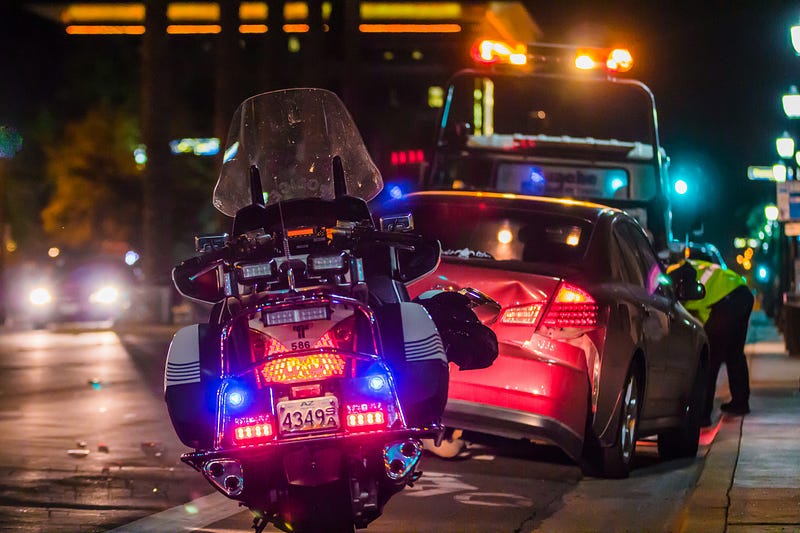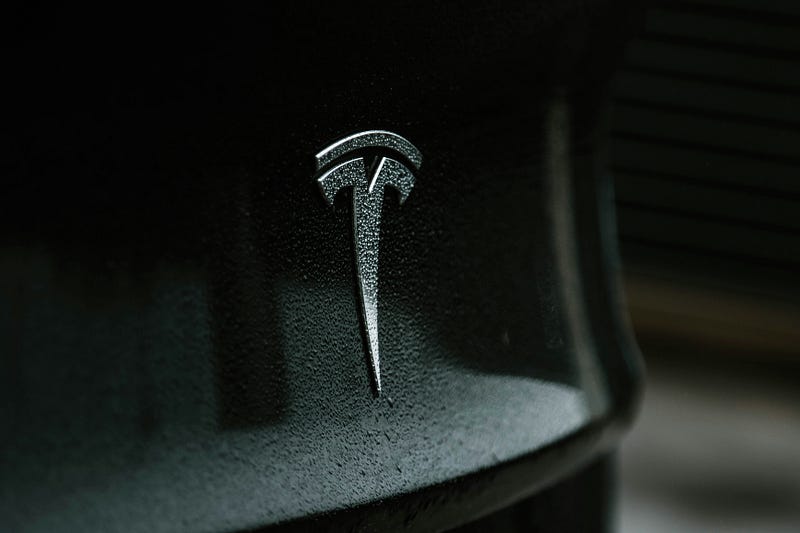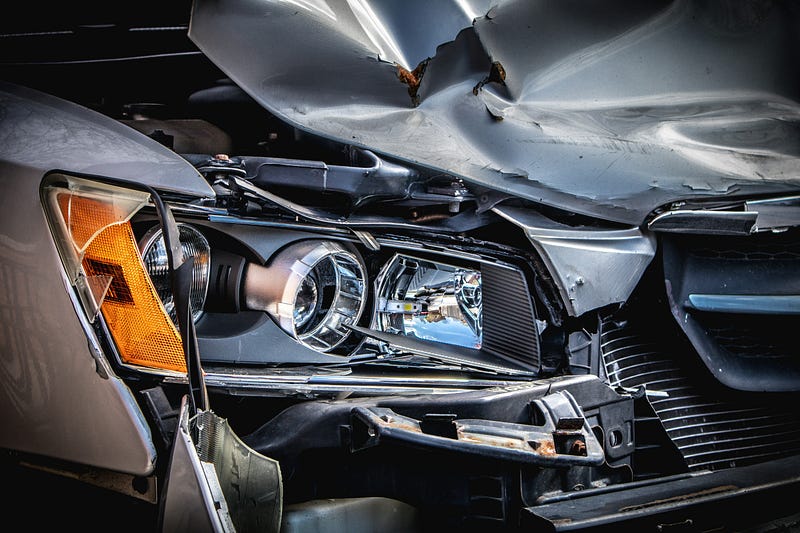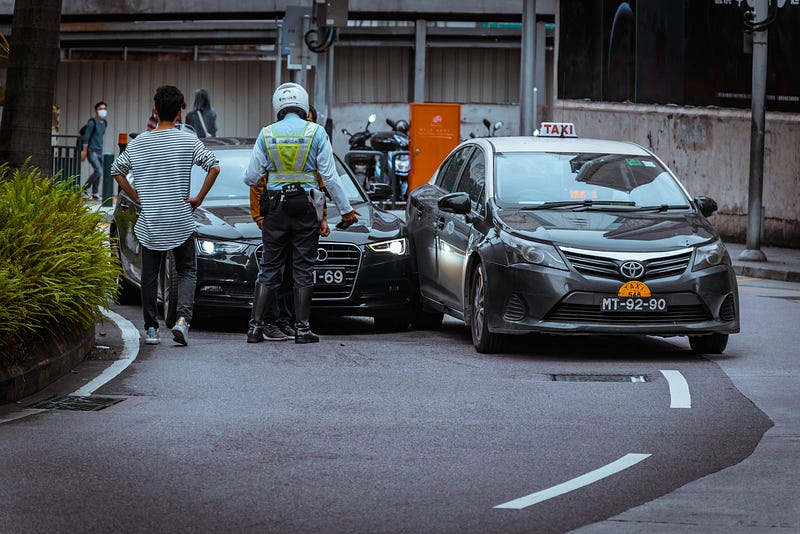
Fasten your seatbelts as we dissect the high-stakes controversy surrounding Tesla’s recent Autopilot recall following a series of harrowing accidents. Did the electric automaker’s self-driving ambitions veer off course, or is this simply a necessary detour on the road to autonomous innovation? Buckle up as we navigate the fiery clash between technology, safety, and consumer trust.
In the high-octane race towards a driverless future, Tesla’s Autopilot system was billed as a trailblazing pacesetter — a taste of the autonomous revolution waiting just over the horizon. But in the wake of a spate of bone-chilling accidents allegedly involving Teslas operating in Autopilot mode, the rubber has met the road in dramatic fashion.
Can you recall the visceral feeling of your heart leaping into your throat as you watched footage of a seemingly out-of-control Tesla slamming into another vehicle or obstacle? That haunting sense of “there but for the grace of God go I” is precisely what has ignited this firestorm.
A massive recall encompassing over 360,000 vehicles equipped with the company’s driver-assistance technology is now underway, sparked by mounting public outcry and intensifying regulatory scrutiny. Overnight, the once-lauded Autopilot has metamorphosed from a symbol of automotive innovation into a lightning rod for controversy, reigniting searing debates about the safety and readiness of self-driving systems.
As the world watches with bated breath, Tesla finds itself at a critical crossroads. Is this recall a mere course correction, a temporary stumble on the road to a driverless utopia? Or does it represent a harsh reality check, exposing the dangerous pitfalls of overselling autonomous capabilities still very much in their infancy?
Strap in tight, dear readers, as we delve into the heart of this high-stakes clash, dissecting the technical nuances, the human stories behind the accidents, and the scorching rhetoric from all sides of this debate. One thing is certain — the road to our self-driving future just took a sharp, unexpected turn.
If you found yourself behind the wheel of one of the recalled Teslas, would you confidently engage Autopilot, or would the specter of these accidents give you pause? Share your thoughts and concerns.

Unraveling the Technical Tangle: Autopilot’s Double-Edged Sword
To truly grasp the magnitude of this controversy, we must first understand the fundamental nature of Tesla’s Autopilot system and its technical limitations — a nuanced reality often overshadowed by the company’s bold marketing claims.
At its core, Autopilot is an advanced driver-assistance system (ADAS), not a full self-driving solution. While it can handle certain routine tasks like maintaining lane centering and a preset speed on highways, it remains heavily reliant on human oversight and intervention.
Tesla’s Autopilot suite comprises an array of cameras, radar, and ultrasonic sensors that feed data into sophisticated machine learning algorithms. These algorithms then attempt to interpret the vehicle’s surroundings and make navigational decisions accordingly, from gentle steering inputs to automatic braking and acceleration.
The system’s Achilles’ heel, however, lies in its inability to consistently and reliably handle complex, dynamic situations that require advanced reasoning and decision-making capabilities. Erratic driver behavior, construction zones, inclement weather, and other unpredictable variables can easily overwhelm Autopilot’s limitations, occasionally with catastrophic consequences.
This double-edged nature of the technology — capable enough to inspire comfort and complacency yet fundamentally constrained — is at the crux of the current controversy. While Autopilot undoubtedly enhances safety in certain scenarios, its fallibility has been laid bare by the recent string of high-profile accidents.
Imagine you’re cruising along on Autopilot, lulled into a sense of complacency by the seamless lane-keeping and speed control. Suddenly, a reckless driver veers into your path, or a low-hanging branch obscures a sensor’s view. How would you react? Could you take over in time?
The Human Toll: Accidents, Anguish, and the Echoes of Tragedy
Statistics and technical jargon can only tell part of the story, however. To truly appreciate the gravity of this situation, we must confront the human toll these accidents have exacted, the stories of shattered lives and lingering trauma.
The following section contains descriptions of automobile accidents that some readers may find disturbing.

On a sunny afternoon in Los Angeles, a Tesla Model S slammed into a Honda Civic at an intersection, the force of the impact splitting the smaller vehicle in half. Witnesses recoiled in horror as the crumpled remains of the Civic came to rest against a nearby pole, its occupants trapped within the twisted metal cocoon.
Across the country in Florida, a family’s roadside vehicle breakdown descended into nightmare when a Tesla plowed into the disabled vehicle at highway speeds, the violent collision launching the disabled car into the air before it crashed back to earth in a heap of shattered glass and torn steel.
And in a grisly incident that made international headlines, a Tesla operating on Autopilot collided with a truck hauling a trailer, the car’s windshield violently shearing off as it plowed underneath the trailer’s undercarriage. Bystanders watched in stunned disbelief as the vehicle emerged on the other side, its front end reduced to a mangled wreck and its driver’s fate tragically sealed.
As you read these harrowing accounts, did your heart skip a beat? Did you find yourself gripping your chair a little tighter, the weight of these tragedies hitting uncomfortably close to home? If so, you’re not alone — these are the moments that have galvanized public outcry and regulatory action.
While the causes of these specific accidents remain under investigation, with a complex interplay of factors likely at play, they have collectively cast a pall over Tesla’s self-driving ambitions. Each one serves as a visceral reminder of the stakes at hand and the need for unwavering vigilance in the development of autonomous systems.
The War of Words: Marketing Hype vs. Regulatory Backlash
In the wake of these accidents and the subsequent recall, a firestorm of rhetoric has erupted, with Tesla finding itself squarely in the crosshairs of criticism from all quarters.
Safety advocates and consumer watchdog groups have lambasted the company for what they perceive as a pattern of aggressive marketing that oversells Autopilot’s capabilities. They argue that Tesla’s use of terms like “full self-driving” and “Autopilot” (borrowed from the aviation industry) have lulled drivers into a false sense of security, leading to overreliance on the system and catastrophic lapses in attentiveness.
“Tesla is playing a dangerously misleading game of semantics, conflating advanced driver-assistance features with true autonomous driving. Their marketing tactics have put lives at risk by fostering complacency and misplaced trust in Autopilot’s abilities.”
Regulators, too, have piled on, with both the National Highway Traffic Safety Administration (NHTSA) and the National Transportation Safety Board (NTSB) openly questioning whether Tesla’s marketing practices meet legal standards for clarity and accuracy.
Tesla, predictably, has pushed back against these allegations with characteristic defiance. In a series of combative statements, the company has insisted that Autopilot’s capabilities are clearly communicated and that ultimate responsibility for monitoring the system rests squarely on the shoulders of drivers.
“Tesla’s Autopilot has revolutionized automotive safety, statistically outperforming human drivers in virtually every measurable metric. We are crystal clear that it is a driver-assistance feature, and we empower our customers with the knowledge and tools to use it responsibly.”

This rhetorical battle shows no signs of abating, with both sides entrenched in their positions. As the war of words rages on, the very crux of the issue — the delicate balance between technological ambition and consumer safety — hangs precariously in the balance.
Let’s play devil’s advocate for a moment. Could there be validity to Tesla’s assertions that drivers simply aren’t heeding clear warnings about Autopilot’s limitations? Or do you side with critics who argue the company’s marketing has been recklessly misleading? Share your perspective.
